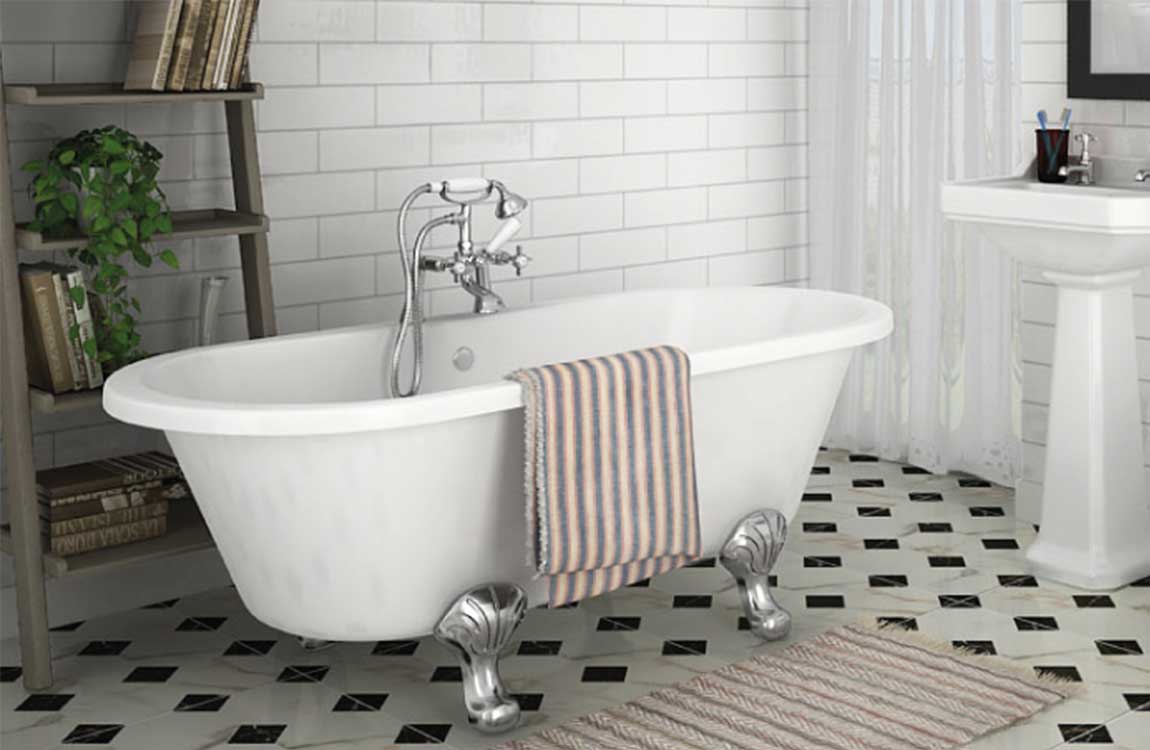How Repairing Small Chips with Epoxy?
Buy a 2-component epoxy kit for chip repair. Look in the adhesive or bathroom repair section of a home hardware store. Buy a kit that comes with both the catalyst and hardener that you will mix together to create the epoxy. Most epoxy chip repair kits come in shades of white to match the most common color of bathtubs.
Try to choose a kit that will closely match the shade of your bathtub, or 2 kits that you can mix together to create the right color. Epoxy repair kits work to fix chips in all kinds of bathtubs including ceramic, porcelain, acrylic, fiberglass, and enamel tubs. Scrub the damaged area with a sponge and soap or tub cleaner, then dry it.
Use warm water and dish detergent or a household tile and tub cleaner to clean the chipped area. Thoroughly dry the area with a clean rage after you finish cleaning it. You can also use acetone or rubbing alcohol to clean the area. Any product that removes grease and soap scum will work to clean the chip.
Follow the directions on your epoxy kit to mix the 2 components together. Some epoxy kits come with a mixing tray and stirring stick for you to use. Mix the epoxy in a disposable tray with a toothpick or matchstick if your kit didn’t come with the mixing supplies. It’s a good idea to set the tray on a piece of cardboard or some scraps of paper to catch any spills.
Apply the epoxy to the chip with a small spatula, paint brush, or bottom of a matchstick. Scoop up a small amount of the epoxy with your chosen utensil. Spread it carefully in a thin layer over the chip by working in 1 direction and smooth out any spots where it pools. Make sure that anything you use to apply the epoxy is disposable. It will be hard to get the epoxy off of anything it touches.












